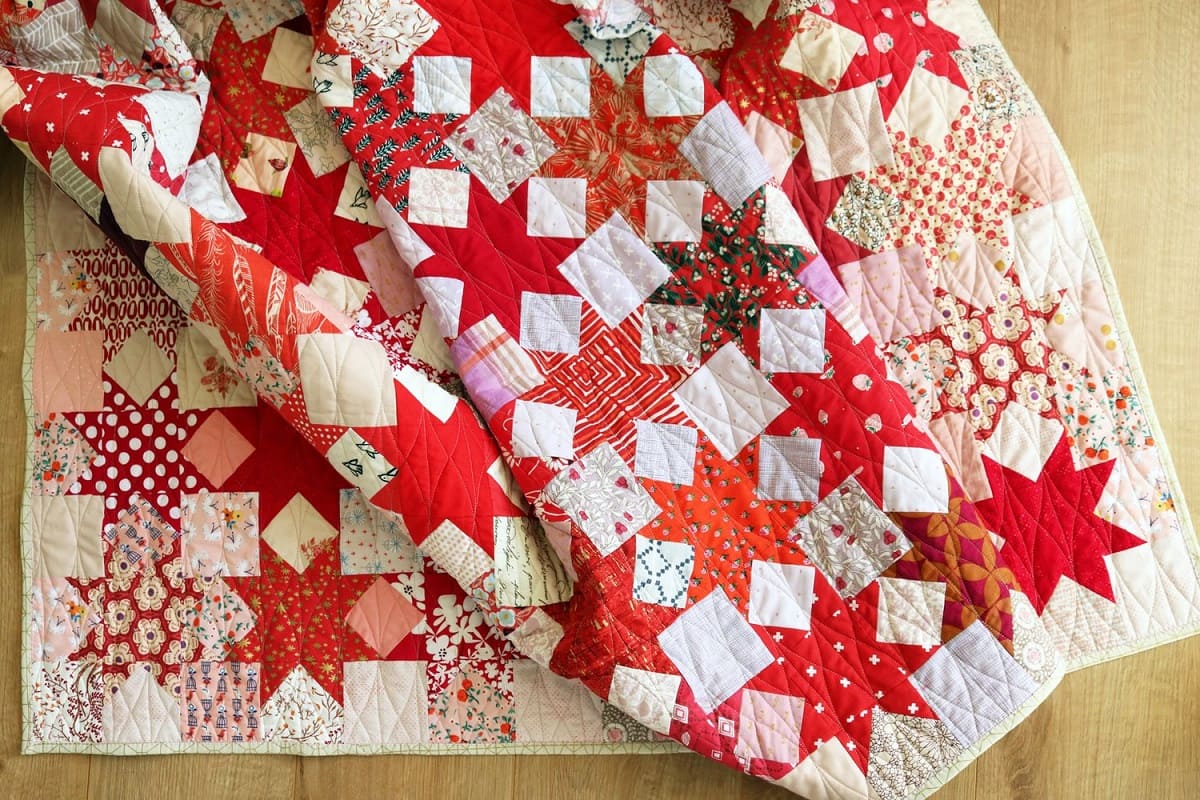

Articles
How To Soften A New Quilt
Modified: October 27, 2024
Learn how to soften a new quilt with these expert articles. Discover tips, techniques, and products to make your quilt cozy and comfortable.
(Many of the links in this article redirect to a specific reviewed product. Your purchase of these products through affiliate links helps to generate commission for Storables.com, at no extra cost. Learn more)
Introduction
There’s nothing quite like the feeling of snuggling up with a soft, cozy quilt. However, when you first purchase or make a new quilt, it can often be stiff and rough to the touch. This is because the fabric used in quilts is often tightly woven and can become compressed during the quilting process. But fear not! In this article, we will explore various methods and techniques to help soften your new quilt and enhance its comfort.
Softening a new quilt not only improves its tactile feel but also makes it more inviting and enjoyable to use. Whether you’re a seasoned quilter or an avid quilt collector, knowing how to soften a new quilt can help you preserve and enhance the beauty and functionality of your cherished textile.
Before we dive into the process of softening a new quilt, it’s important to understand the fabric used in quilts and how it contributes to their initial stiffness. Quilts are commonly made with a variety of fabrics, such as cotton, linen, polyester, or a combination of these materials. The choice of fabric can significantly impact the softness and drape of the quilt.
In the following sections, we will discuss the steps to prepare, wash, dry, and add fabric softener to your new quilt. We will also provide tips on how to tumble and repeat the softening process for optimal results. So, grab your new quilt and get ready to make it as soft as the clouds!
Key Takeaways:
- Transform your stiff, new quilt into a soft and inviting haven by following a gentle process of washing, drying, and adding fabric softener. Patience and care will result in a luxurious, cozy textile.
- Understanding the fabric used in quilts and the step-by-step process of preparing, washing, and softening a new quilt can help preserve and enhance its beauty and functionality. Enjoy the journey of creating a soft and comforting quilt!
Read more: How To Soften Pillows
Understanding the Quilt Fabric
Before we begin the process of softening a new quilt, it’s crucial to have a basic understanding of the fabric used in quilts. Quilts can be made from various materials, but the most common ones include cotton, linen, polyester, or a combination of these.
Cotton is one of the most popular choices for quilt fabric due to its natural softness and breathability. It’s an excellent option for those who prefer a cozy and comfortable quilt. Linen, on the other hand, offers a more luxurious and textured feel, but it tends to be stiffer initially.
Polyester is a synthetic material frequently used in quilts because of its durability and wrinkle resistance. While polyester can provide a smoother and softer finish, it may not offer the same level of breathability as natural fibers.
Regardless of the fabric used, quilts are typically made with multiple layers of fabric. The top layer, also known as the quilt top, often features intricate patterns or designs. The middle layer, called the batting or wadding, provides insulation and warmth. Finally, the bottom layer, known as the backing fabric, adds stability and completes the quilt sandwich.
Due to the multiple layers and the quilting process itself, quilts can initially feel stiff and rigid. The tight quilting stitches and the compressed fibers need some gentle treatment to loosen and soften them up.
Now that we have a basic understanding of quilt fabric, let’s move on to the step-by-step process of preparing and softening a new quilt.
Preparing the Quilt for Softening
Before we jump into the actual process of softening a new quilt, it’s essential to prepare the quilt properly. Preparing the quilt will help ensure that it is clean, free of any loose threads or debris, and ready to undergo the softening process.
The first step in preparing the quilt is to carefully inspect it for any loose threads. Gently pull or trim any loose threads to prevent them from unraveling during the softening process. It’s also a good idea to check for any spots or stains that may require pre-treatment before washing.
Next, check the quilt for any decorative elements such as buttons or appliques. These embellishments may be delicate and require special care during the softening process. If necessary, you can protect them by placing a fabric or netting over them before washing.
Once you have inspected the quilt and addressed any loose threads or delicate elements, it’s time to give it a gentle shake or fluff. This will help loosen up the fibers and prepare them for the softening process.
Note that some quilts may have specific care instructions provided by the manufacturer or quilter. It’s important to follow these instructions to ensure that you don’t damage the quilt during the softening process. If there are no specific instructions, you can proceed with the general softening techniques outlined in the upcoming sections.
Preparing the quilt for softening sets the foundation for successful softening and ensures that you’re working with a clean and well-maintained quilt. Once the quilt is ready, we can move on to the next step – washing the quilt.
Washing the Quilt
Now that you’ve prepared your quilt, it’s time to give it a good wash. Washing the quilt helps to loosen the fibers, remove any excess starch or sizing, and improve the overall softness of the fabric.
Before you begin, check the care instructions on the quilt label or any instructions provided by the manufacturer or quilter. This will ensure that you follow the recommended washing instructions for your specific quilt. If there are no specific instructions, you can proceed with the general guidelines outlined here.
First, fill your bathtub or a large basin with lukewarm water. Avoid using hot water, as it can cause shrinkage or damage to the fabric. Add a mild detergent to the water and mix it well to create a gentle soapy solution. Make sure to use a detergent that is suitable for the type of fabric in your quilt.
Gently place the quilt in the water, making sure it is fully submerged. Use your hands to swish the quilt around gently, allowing the soapy water to penetrate the fibers. Avoid excessive agitation or wringing, as it can cause unnecessary stress to the quilt.
Let the quilt soak in the soapy water for about 15-20 minutes to allow the detergent to work its magic. During this time, you can use a soft brush or sponge to gently scrub any areas with stains or spots. Be careful not to apply too much pressure, as it can damage the fabric.
After the soaking period, drain the soapy water from the tub. Gently press the quilt against the tub or the sides of the basin to remove excess water. Avoid wringing or twisting the quilt, as it can distort the shape and strain the fibers.
Refill the tub or basin with clean, lukewarm water and rinse the quilt thoroughly. Repeat this rinsing process a few times until all traces of detergent are removed. Gentle squeezing and pressing can be used to remove excess water. Make sure to be patient and thorough during the rinsing process, as any soap residue left in the quilt can cause stiffness and affect the softening process.
Once the quilt is thoroughly rinsed, it’s time to move on to the next step – drying the quilt.
Drying the Quilt
After washing the quilt, it’s important to properly dry it to maintain its shape, prevent mold or mildew growth, and achieve the desired softness. Drying methods may vary depending on the type of quilt and the care instructions provided. Here are a few options to consider:
- Air Drying: One of the gentlest methods to dry a quilt is by air drying. Lay a clean, dry towel on a flat surface and place the washed quilt on top. Smooth out any wrinkles or folds and allow the quilt to air dry naturally. Avoid exposing the quilt to direct sunlight, as it can fade the colors. Rotate the quilt periodically to ensure even drying.
- Machine Drying: Some quilts can be safely dried in a dryer, but it’s important to check the care instructions first. If machine drying is recommended, choose a low or delicate setting to prevent excessive heat. Adding a few clean tennis balls or dryer balls to the dryer can help fluff and distribute the quilt evenly.
- Line Drying: If you have access to a clothesline or drying rack, you can hang the quilt outside to dry. Make sure to use clothespins or clips to secure the quilt in place and prevent it from sagging. Again, avoid direct sunlight as it can fade the fabric.
Whichever method you choose, avoid wringing or twisting the quilt to remove excess water, as this can distort the shape and strain the seams. Additionally, avoid using high heat or placing the quilt too close to a direct heat source, as it can damage the fabric.
Be patient during the drying process, as quilts can take several hours or even days to fully dry, depending on their thickness and the drying method used. It’s important to ensure the quilt is completely dry before moving on to the next step.
Once your quilt is thoroughly dried, it’s time to add fabric softener to further enhance its softness and comfort.
Wash the new quilt with a gentle detergent and a cup of white vinegar to soften the fabric. Tumble dry on low heat with a few tennis balls to fluff it up.
Read more: How To Soften A Mattress
Adding Fabric Softener
Adding fabric softener to your newly washed quilt can help soften the fibers, reduce static cling, and impart a pleasant fragrance to the fabric. Here are a few options to consider when adding fabric softener:
- Liquid Fabric Softener: The most common way to add fabric softener is by using a liquid fabric softener during the rinse cycle of your washing machine. Follow the instructions on the fabric softener bottle for the appropriate amount to use based on the size of your quilt. Pour the fabric softener into the designated dispenser or add it manually to the rinse water.
- Fabric Softener Sheets: Another option is to use fabric softener sheets. Toss one or two sheets into the dryer with your quilt if you choose to machine dry it. The heat from the dryer will activate the softening agents in the sheets, infusing the fabric with a fresh scent and softness.
- Fabric Softener Sprays: Fabric softener sprays can be applied directly to the quilt after it has been dried. Spray a light mist of fabric softener evenly over the quilt, holding the bottle about 12 inches away from the fabric. Allow the quilt to air out for a few minutes before using or storing it.
When choosing a fabric softener, opt for one that is gentle and free from harsh chemicals. Some fabric softeners can cause buildup or leave residue on the fabric, which can affect its softness and longevity. It’s also essential to consider any allergies or sensitivities you or your family members may have to certain fragrances or ingredients.
It’s important to note that not all quilts may require fabric softener. Natural fiber quilts, like those made of cotton or linen, usually soften with regular use and washing alone. Adding fabric softener can be more beneficial for synthetic fiber quilts or for those that are exceptionally stiff or rough.
Once you’ve added fabric softener to your quilt, it’s time to give it a final tumble to help distribute the softening agents and achieve optimal softness.
Tumbling the Quilt
Tumbling the quilt after adding fabric softener helps to further distribute the softening agents and loosen up the fibers. Here are a few methods to consider:
- Machine Tumble: If you have machine dried your quilt, you can use the low heat or no heat setting and tumble it for a short period. This gentle action allows the fabric softener to penetrate and work its magic. Make sure to follow the manufacturer’s instructions for your specific dryer.
- Shake and Fluff: Hang your quilt on a clothesline or hold it by the corners and give it a good shake to fluff up the fibers. You can also gently flick or snap the quilt to loosen any remaining stiffness. This simple action can distribute the fabric softener and make the quilt feel softer.
- Roll and Press: Lay your quilt on a flat surface and roll it tightly from one end to the other. Apply gentle pressure to press the rolled quilt, which can help transfer the fabric softener throughout the layers. Unroll the quilt and give it a gentle shake or fluff to restore its shape.
- Beat and Whack: In a safe and controlled manner, you can lightly beat or whack the quilt against a padded surface. This action can help shake loose any lingering stiffness and encourage the distribution of the fabric softener. However, be cautious not to damage the quilt or tear any of the fabric.
Choose the method that works best for you based on the size of your quilt and the available space. Remember to be gentle and avoid any harsh handling that could damage the quilt or its delicate embellishments.
By tumbling your quilt after adding fabric softener, you’ll help the softening agents to work their way into the fabric, resulting in a quilt that is wonderfully soft and inviting.
Now that you have completed the initial softening process, you can assess the level of softness and determine if any additional steps are necessary.
Repeating the Softening Process
After completing the initial softening process, you may find that your quilt is already significantly softer and more comfortable. However, depending on the initial stiffness and your desired level of softness, you may choose to repeat the softening process to further enhance the quilt’s texture. Here are a few considerations:
Assessing Softness: Take a moment to evaluate the softness of your quilt after the initial softening. Gently run your hands over the fabric and compare it to your desired level of softness. If you feel it could benefit from further softening, you can proceed with the additional steps outlined below.
Repeating the Wash: If you feel your quilt could benefit from another wash, you can follow the same washing process as before. Consider using a gentle cycle and a smaller amount of detergent to prevent excessive stress on the fabric. A second wash can help remove any remaining stiffness and promote further softening.
Double Dose of Softener: To intensify the softening effect, you can add an extra dose of fabric softener during the rinse cycle. Follow the instructions on the fabric softener bottle to determine the appropriate amount to use for your specific quilt size. The additional fabric softener will help penetrate the fabric and enhance its plushness.
Extended Drying Time: After the second wash, you can extend the drying time to allow for more air circulation and optimal softening. Whether you choose to air dry or use a dryer, consider giving your quilt extra time to fully dry. This extended drying period can help relax the fibers and encourage additional softness.
Repeat Tumbling Methods: If your quilt still feels slightly stiff even after the initial tumbling, you can repeat the tumbling methods mentioned earlier. Whether it’s machine tumbling, shaking and fluffing, rolling and pressing, or gentle beating and whacking, these actions can further distribute the fabric softener and relax the fabric fibers.
Ultimately, the decision to repeat the softening process depends on personal preference and the initial condition of your quilt. It’s essential to avoid excessive handling or over-softening, as it can deteriorate the fabric’s integrity over time.
By repeating the softening process, you can further enhance the softness and comfort of your quilt, ensuring that it becomes a cozy haven for rest and relaxation.
Final Thoughts and Tips
Softening a new quilt is a rewarding process that can transform a stiff and rigid fabric into a luxurious and comfortable textile. Here are some final thoughts and tips to keep in mind as you embark on your quilt softening journey:
- Patience is key: Softening a quilt takes time, so be patient throughout the process. Allow the fabric to absorb the fabric softener and go through the necessary washing and drying cycles.
- Follow care instructions: Always refer to the quilt’s care instructions provided by the manufacturer or quilter. These instructions will guide you on the best practices for softening your specific quilt.
- Test in inconspicuous area: Before applying fabric softener or using any technique on your entire quilt, test it in a small, inconspicuous area to ensure compatibility and prevent any unwanted damage or discoloration.
- Use gentle products: Opt for gentle detergents and fabric softeners to prevent build-up and maintain the longevity of your quilt. Avoid using harsh chemicals or excessive amounts of softener that could potentially damage the fabric.
- Avoid excessive heat: High heat can shrink and damage certain fabrics, so be cautious when washing and drying your quilt. Opt for cooler temperatures and delicate settings when possible.
- Regular use and washing: Softening a quilt is an ongoing process. Use and wash your quilt regularly to maintain its softness and prevent it from becoming stiff again over time.
- Store properly: Properly store your quilt in a cool, dry place when not in use. Avoid folding it tightly or placing heavy objects on top, as this can lead to creasing and loss of softness.
- Enjoy the process: Softening a quilt can be a labor of love, so take the time to enjoy the process. Appreciate the transformation your quilt undergoes and relish the cozy comfort it provides.
Remember, softening a new quilt not only enhances its tactile appeal but also allows you to fully appreciate its beauty and craftsmanship. With a little care and effort, you can create a quilt that is not only visually stunning but also a delight to touch and snuggle up with. So, grab your quilt, follow these tips, and enjoy the journey of softening your new favorite textile!
Frequently Asked Questions about How To Soften A New Quilt
Was this page helpful?
At Storables.com, we guarantee accurate and reliable information. Our content, validated by Expert Board Contributors, is crafted following stringent Editorial Policies. We're committed to providing you with well-researched, expert-backed insights for all your informational needs.
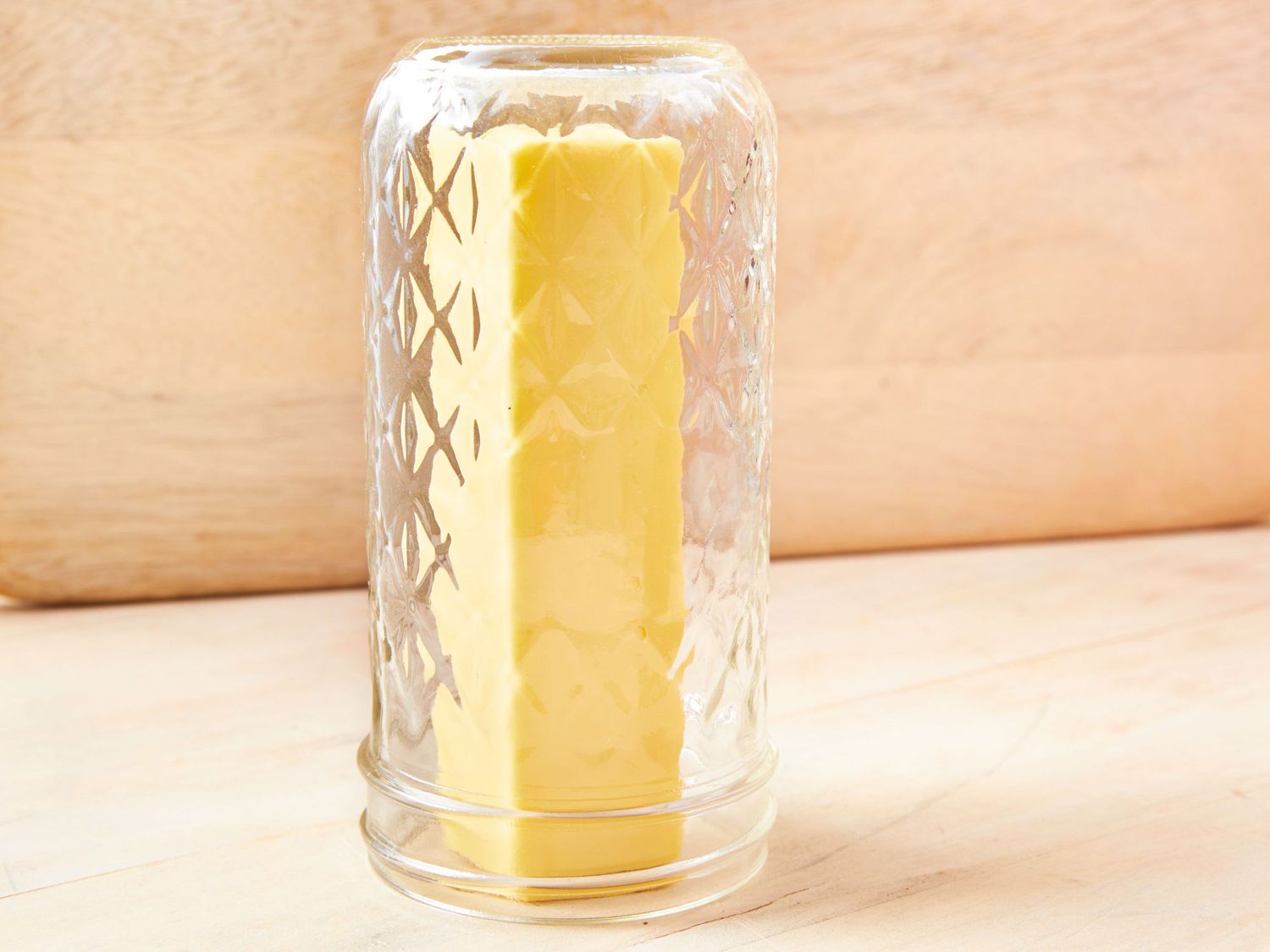
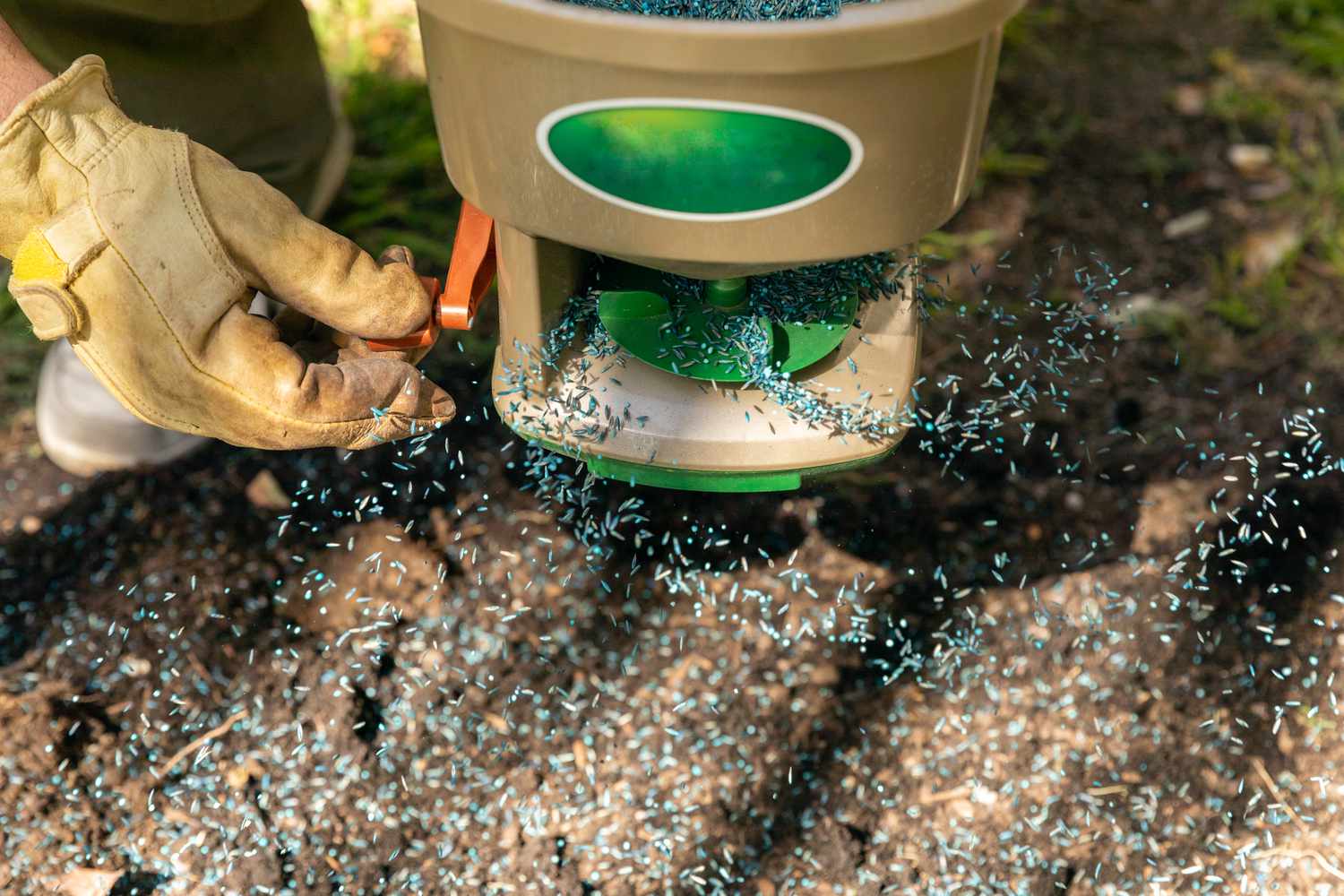
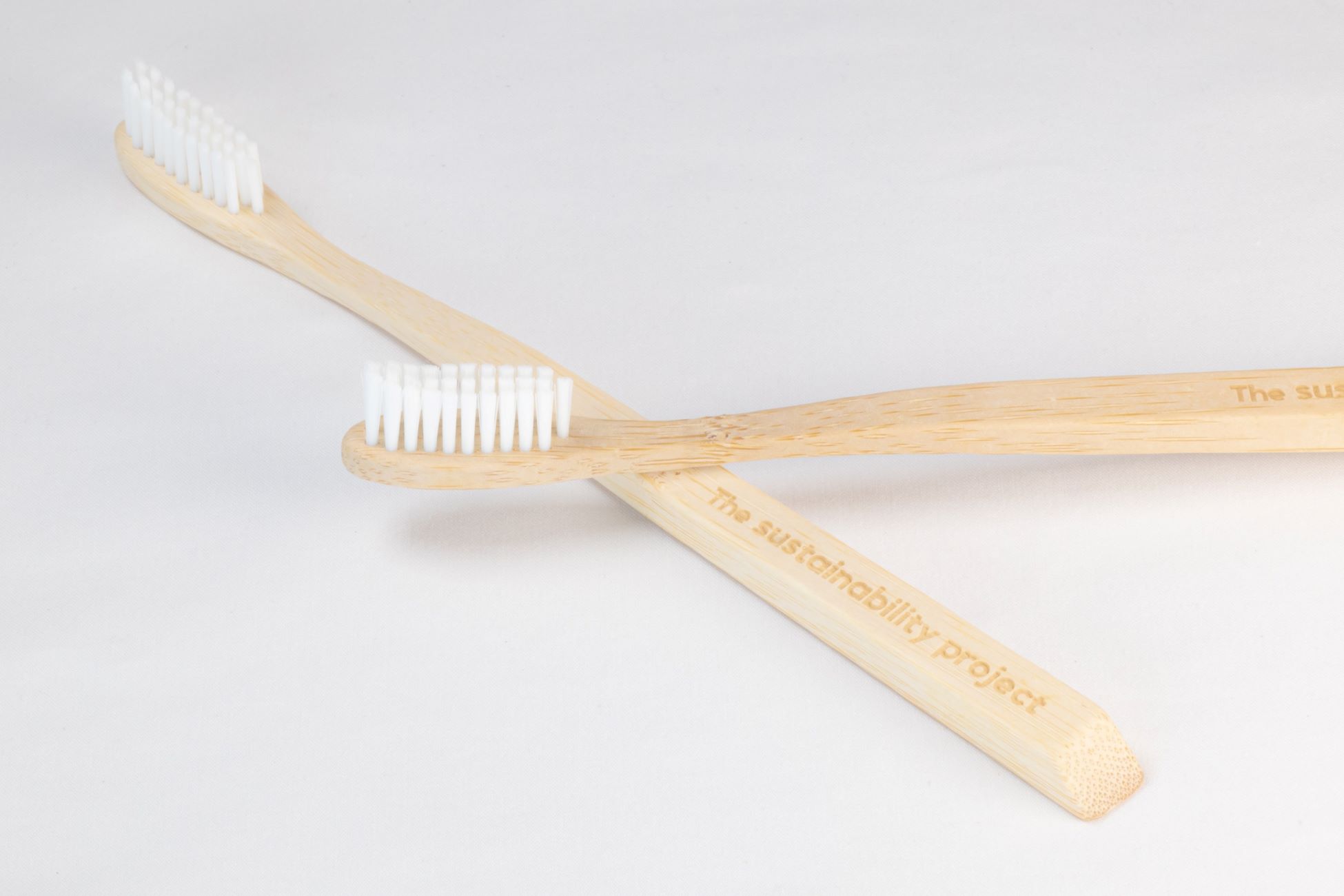
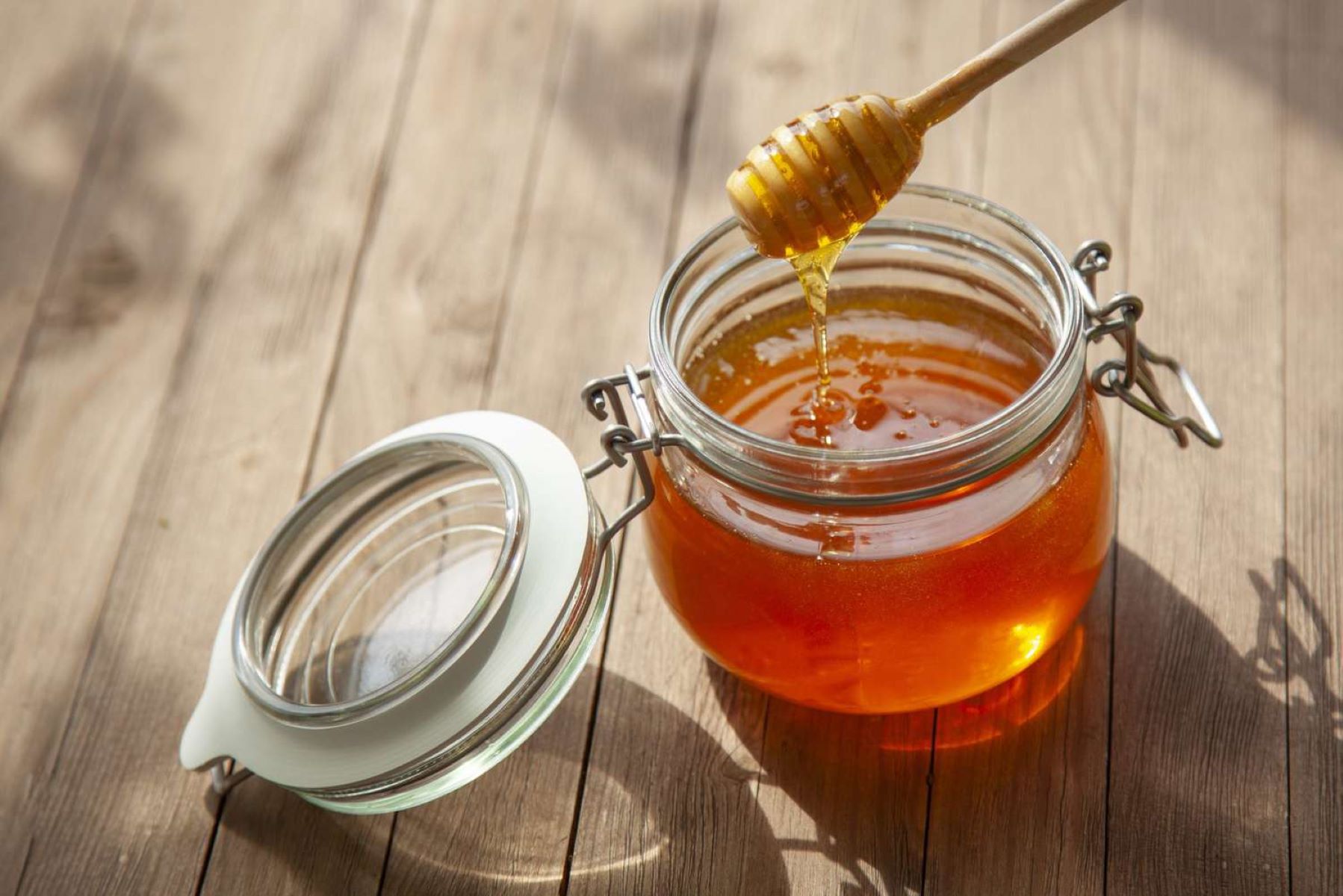
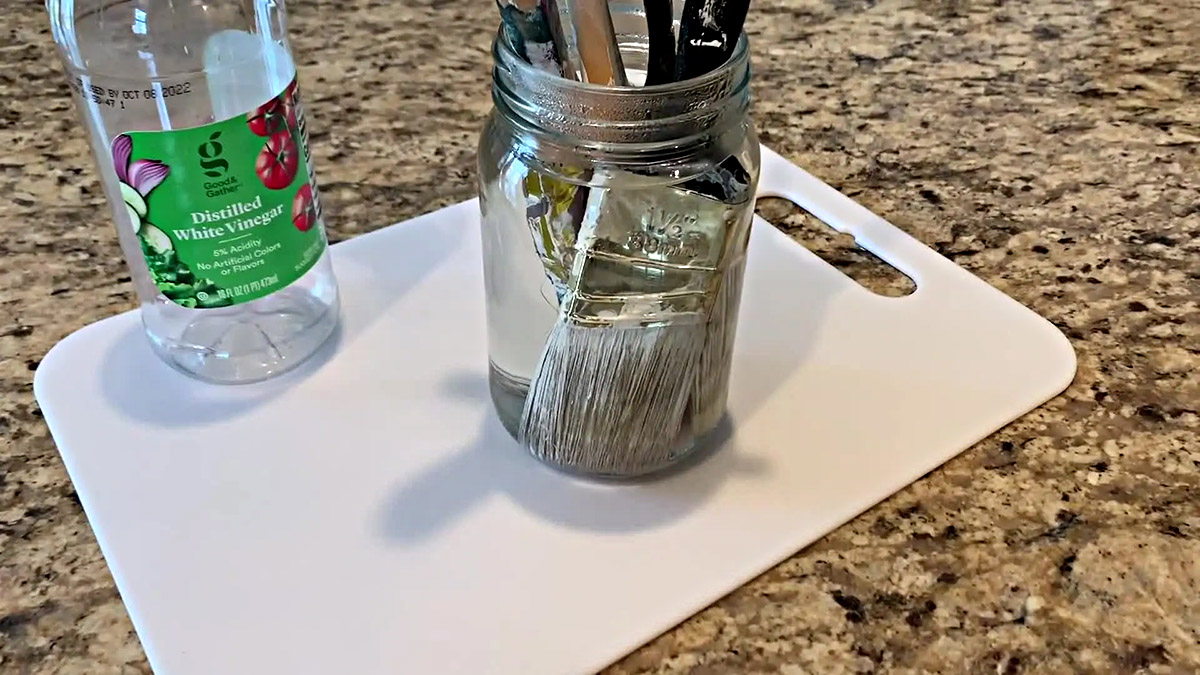
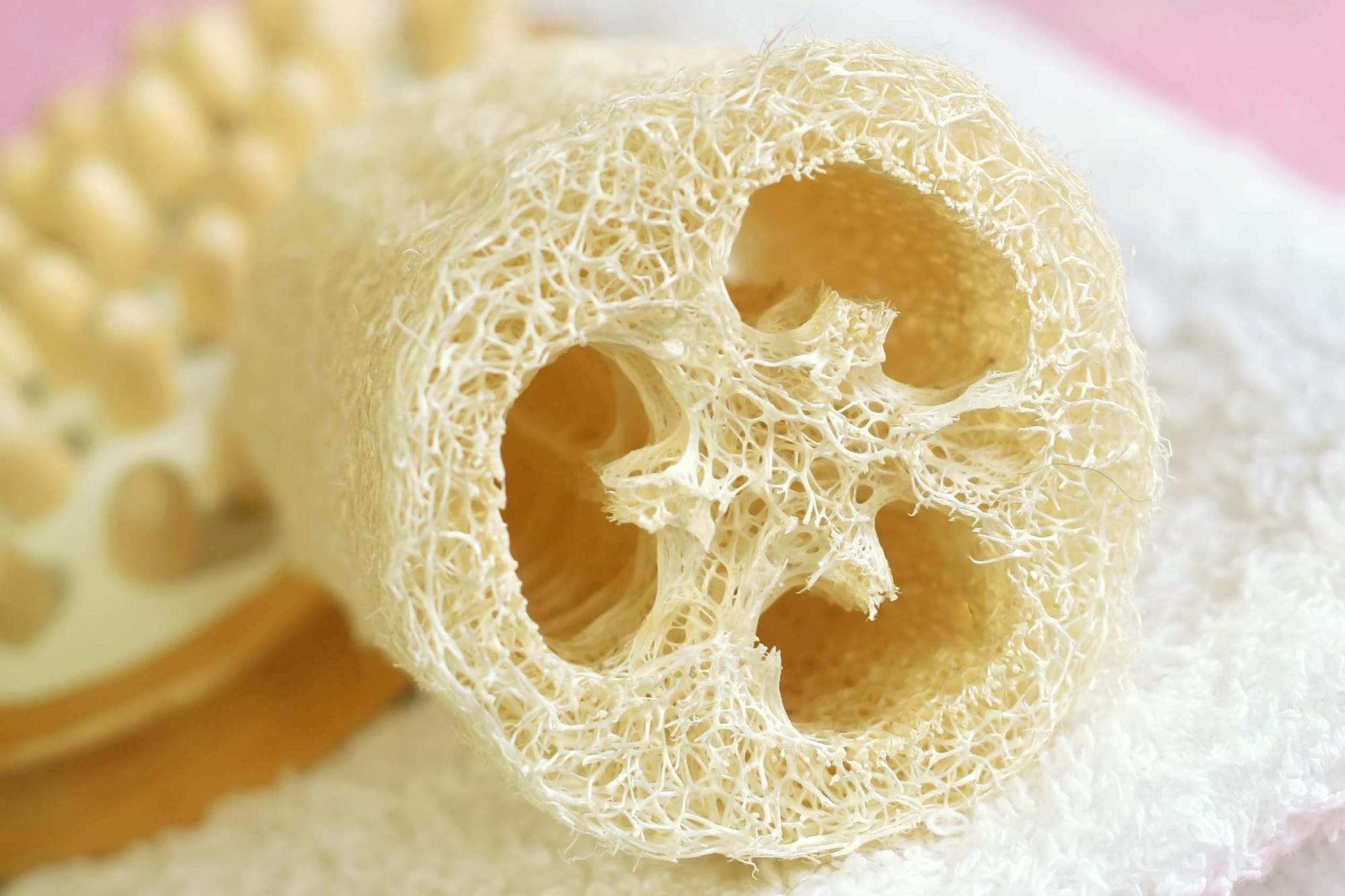

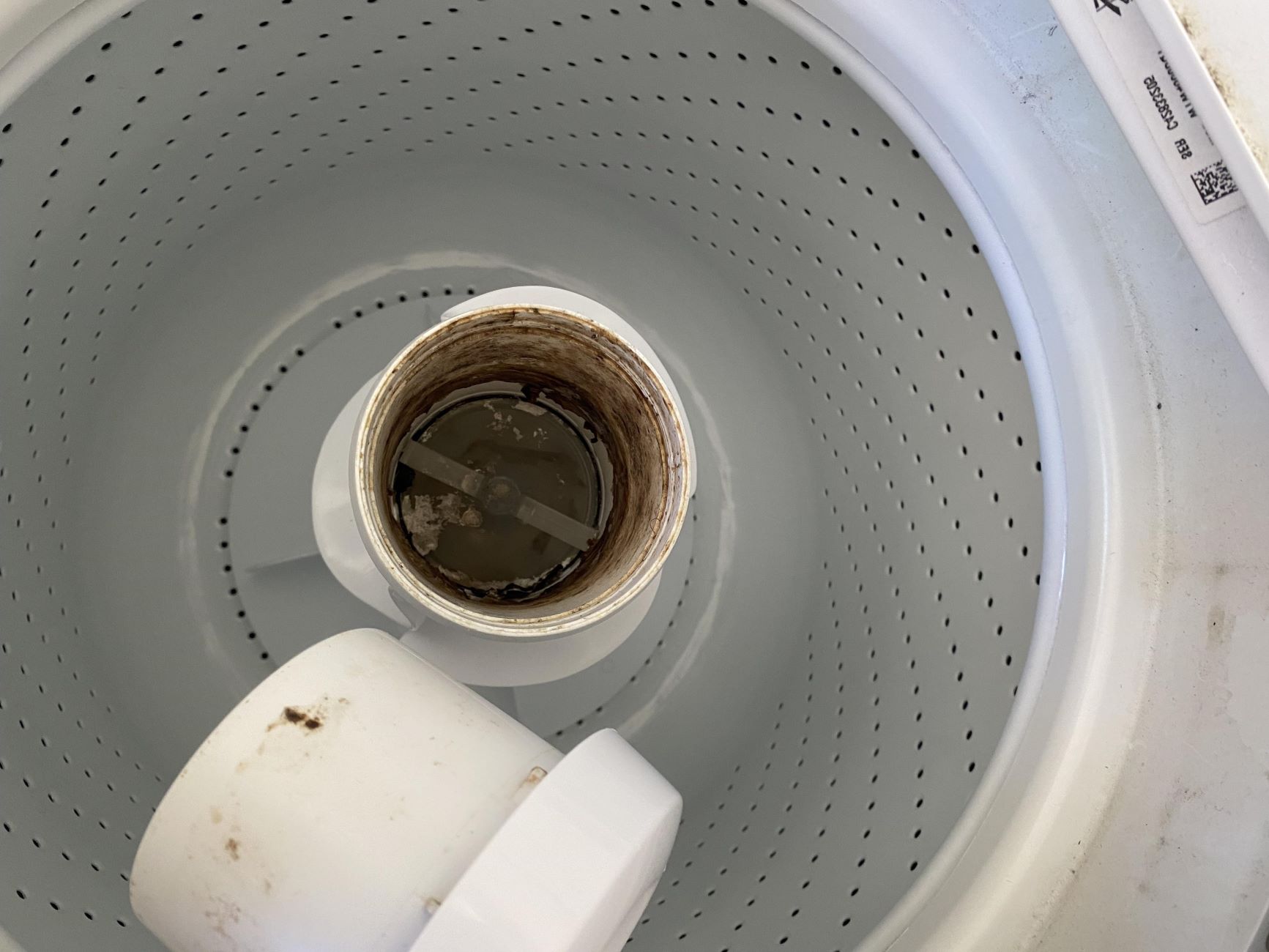
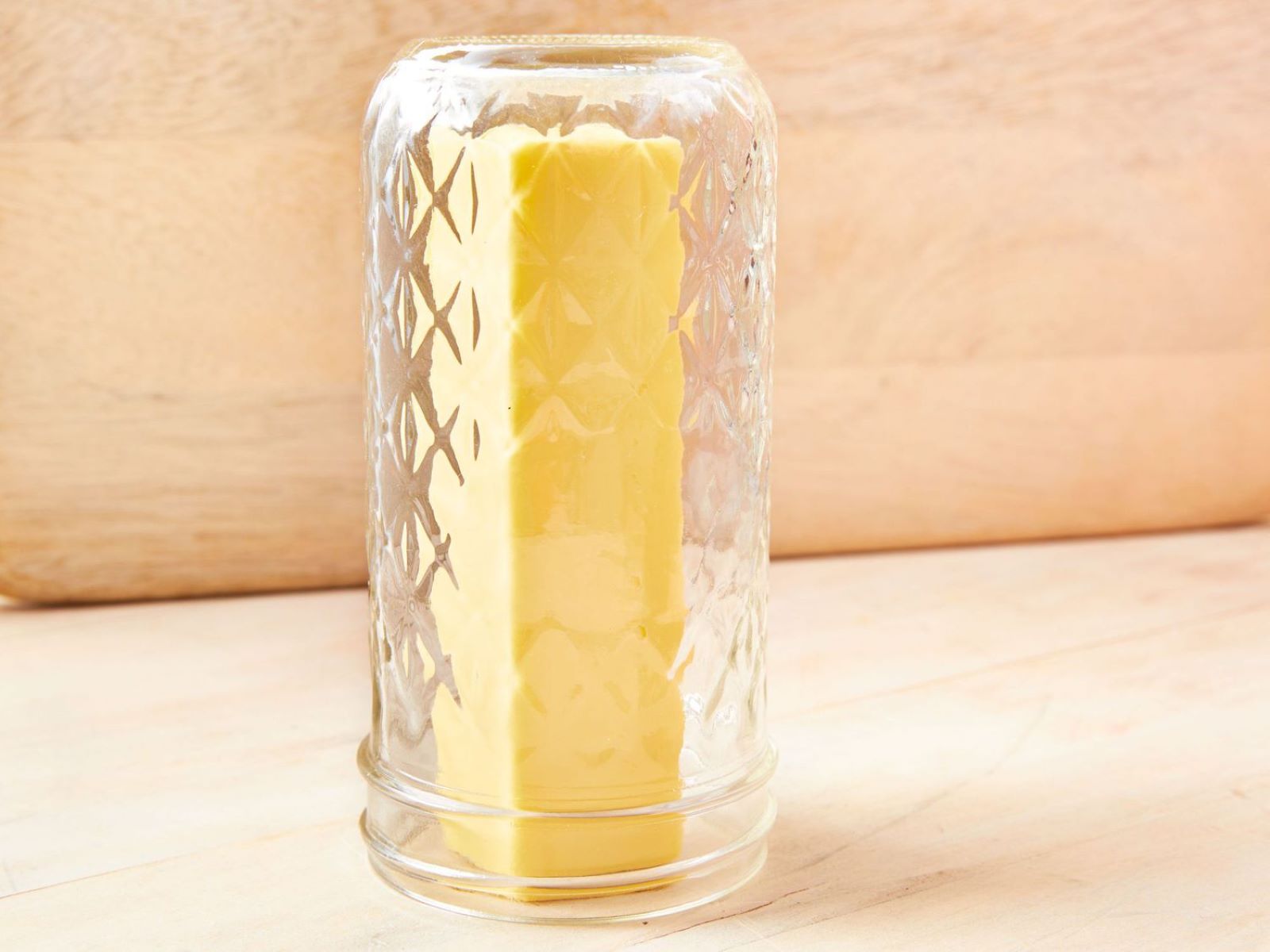
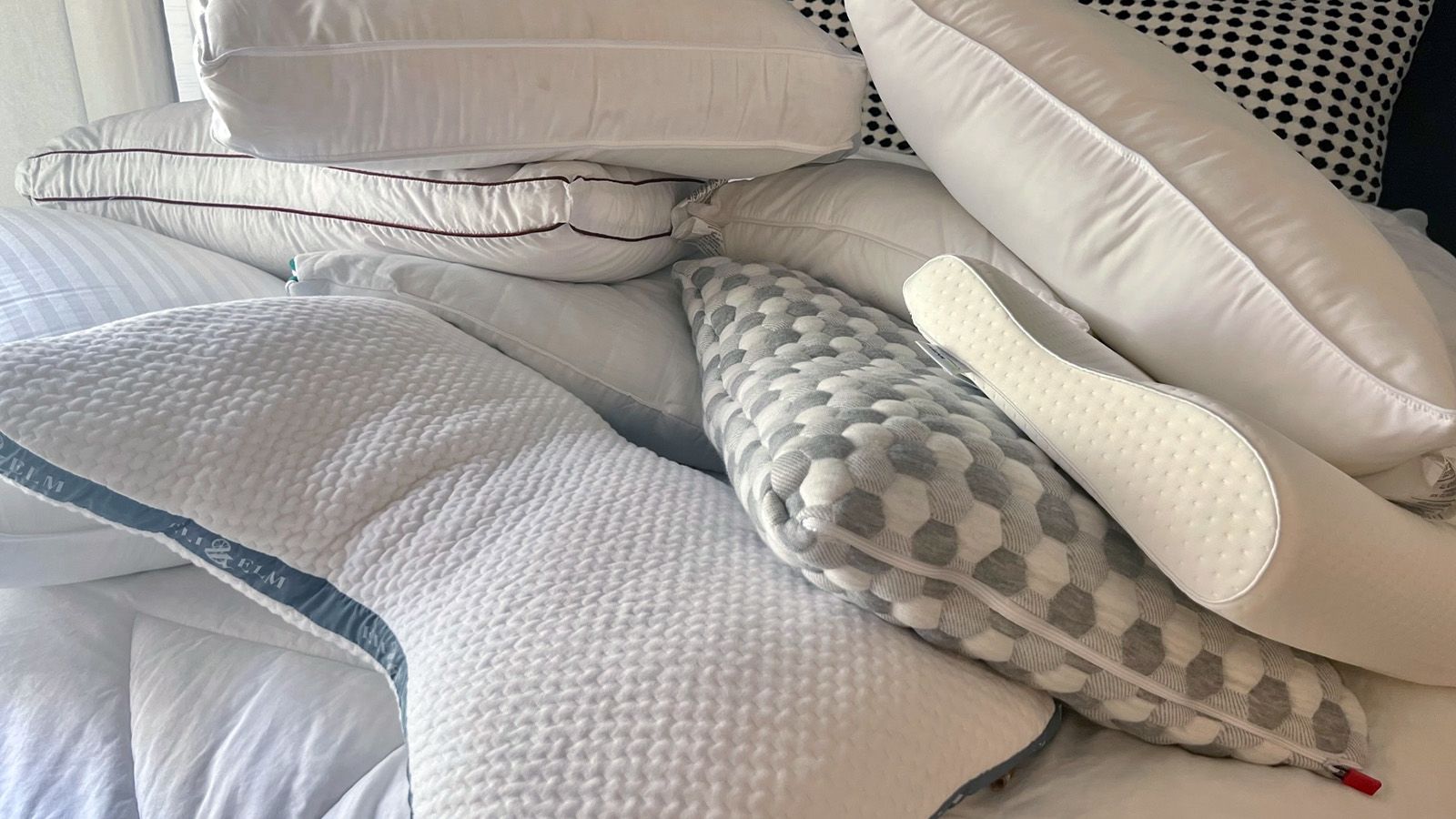
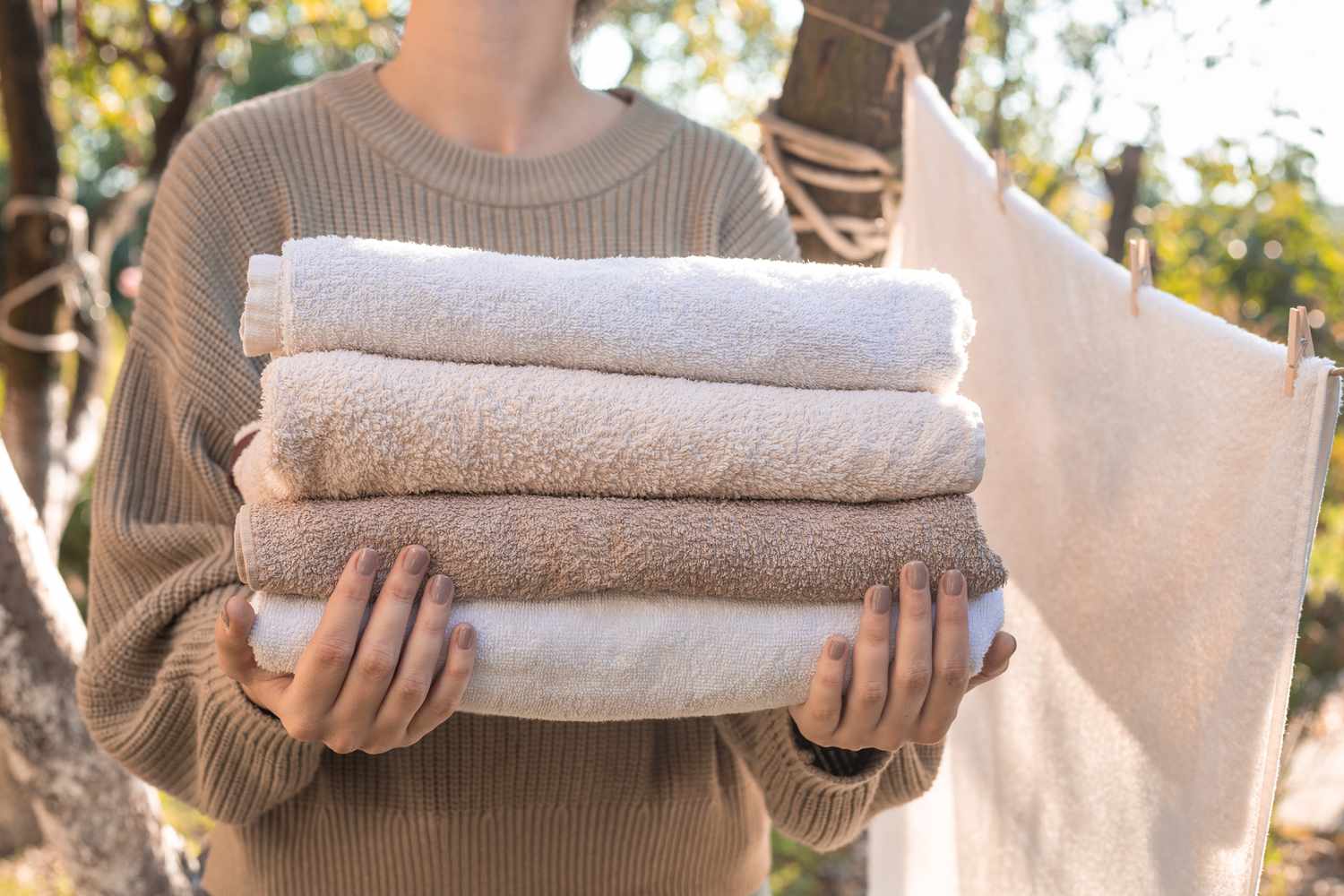

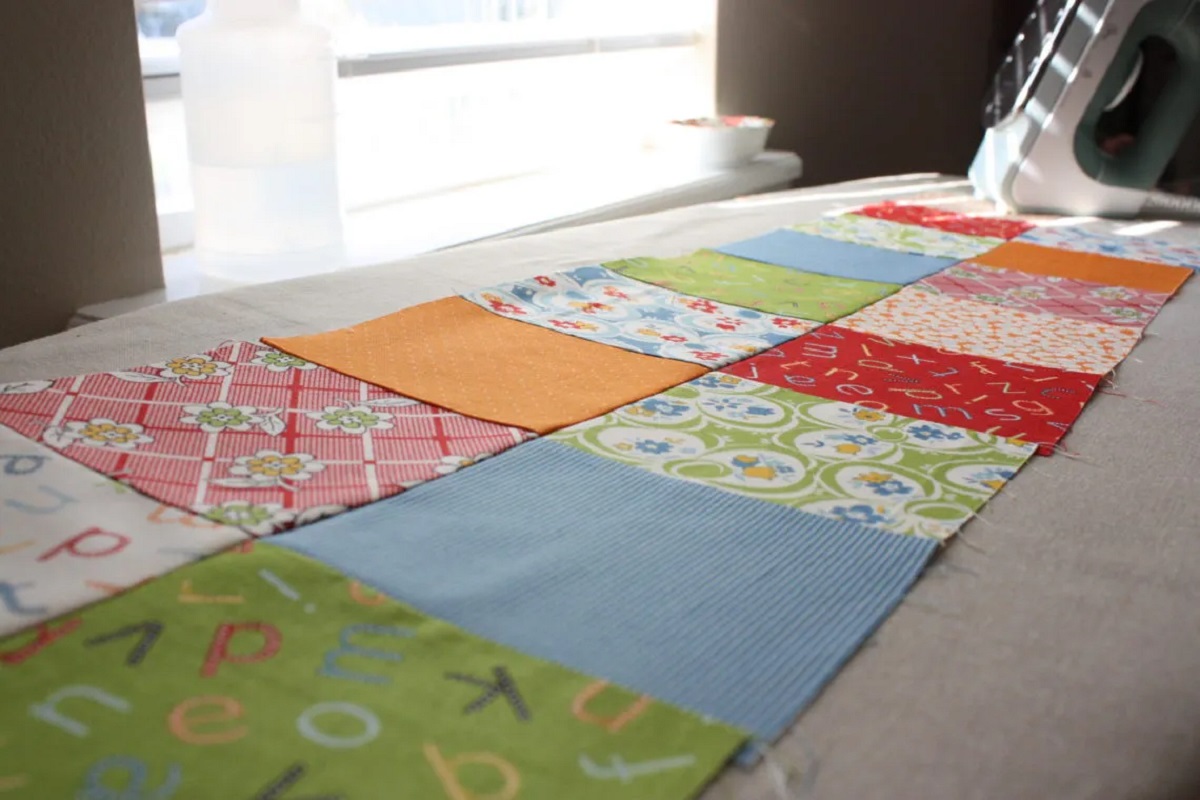


0 thoughts on “How To Soften A New Quilt”